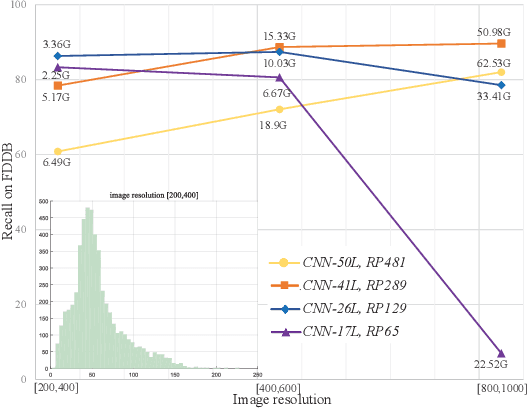KPNet: Towards Minimal Face Detector
Paper and Code
Mar 17, 2020



The small receptive field and capacity of minimal neural networks limit their performance when using them to be the backbone of detectors. In this work, we find that the appearance feature of a generic face is discriminative enough for a tiny and shallow neural network to verify from the background. And the essential barriers behind us are 1) the vague definition of the face bounding box and 2) tricky design of anchor-boxes or receptive field. Unlike most top-down methods for joint face detection and alignment, the proposed KPNet detects small facial keypoints instead of the whole face by in a bottom-up manner. It first predicts the facial landmarks from a low-resolution image via the well-designed fine-grained scale approximation and scale adaptive soft-argmax operator. Finally, the precise face bounding boxes, no matter how we define it, can be inferred from the keypoints. Without any complex head architecture or meticulous network designing, the KPNet achieves state-of-the-art accuracy on generic face detection and alignment benchmarks with only $\sim1M$ parameters, which runs at 1000fps on GPU and is easy to perform real-time on most modern front-end chips.
 Add to Chrome
Add to Chrome Add to Firefox
Add to Firefox Add to Edge
Add to Edge